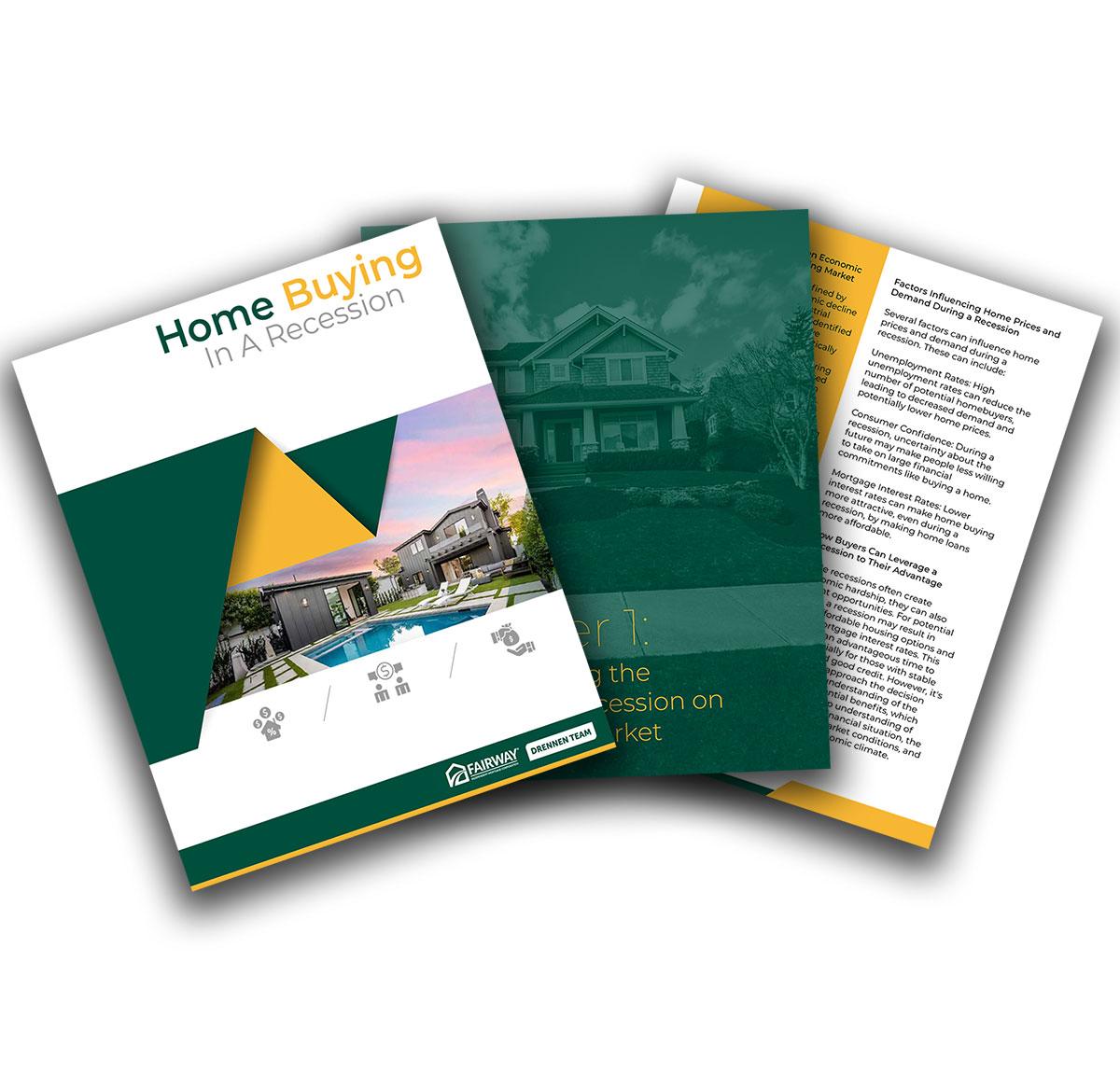Mortgage Glossary
Abstract of Title
A written document that identifies all land owners of a property from the first owner to the current owner
Automatic Clearing House (ACH)
An automated electronic system that transfers funds from one authorized bank account to another
Acquisition Costs
Other fees required for purchasing a property in addition to the actual purchase price. May include lender fees, title insurance, and attorney fees
Addendum
A supplemental list on a sales contract or agreement with explanations, requirements, and additional information. Required for Federal Housing Administration (FHA) and VA loans
Adjustable-Rate Mortgage (ARM)
A mortgage with interest rates that change over time. Interest rates can change at certain dates based on an index
Amortization
The actual cost of a home loan that must be disclosed by all mortgage lenders
Annual Percentage Rate (APR)
The total annual cost of credit. Includes interest, loan origination fees, and mortgage insurance fees
Balloon Mortgage
A mortgage with a low interest rate and low monthly payments. Does not pay off the principal balance, which necessitates a lump-sum payment at the end of the loan’s term (called a balloon payment)
Borrower
The loan recipient. The borrower must pay back a loan in full, which normally includes the principal payment plus interest
Bridge Loan
A short-term loan that enables a quick real estate sale while longer-term financing is arranged
Broker
A person or entity that acts as a middleman between the homeowner and lender. Helps the borrower find and qualify for a mortgage
Cap
The maximum amount a borrower pays monthly on a loan
Capital Gain
All income earned on property
Certificate of Eligibility
A government-issued document that verifies eligibility for a VA mortgage
Closing
The last step in finalizing a home purchase. In closing the deed is delivered, final fees are paid, and requisite paperwork is signed. Closing is also referred to as the “settlement”
Conventional Mortgage
A mortgage that is not offered by a government-sponsored entity. Generally fixed-rate and lasts 30 years
Credit Report
A report prepared by a credit bureau that details a person’s creditworthiness. It is used to determine an applicant’s suitability for a loan
Debt Consolidation
Short-term loan that is used to pay off other loans. Debt can be consolidated when the home is first purchased or later on. Used to pay off outstanding loans or for refinancing
Default
Failure to pay back a loan. Default is usually declared after 90 days of the borrower’s failure to make successive payments
Delinquency
A borrower’s failure to make one monthly mortgage payment. Declared after 30 days of a missed payment
Earnest Money
Money put down down by the buyer when he or she makes an offer on a home. Holds the home and indicates that the buyer is serious about the purchase
Escrow
Money or official documents that are deliverable contingent upon a certain condition, such as closing a sale
Equity
The value of a home minus the remaining loan balance plus interest
Fair Market Value
The reasonable price for a property on the current market
Fannie Mae
One of two government sponsored enterprises (GSEs) that sets annual conforming loan limits and helps people finance homes (the second GSE is Freddie Mac)
FHA Loan
Loans issued by the Federal Housing Administration (FHA)
FICO Score
The standard credit scoring system used in the United States. Credit scores range from 300 to 850
Fixed Installment
The monthly payment owed on a loan. Includes the principal balance and interest
Fixed-Rate Mortgage
A mortgage with an interest rate that does not change over the loan’s lifetime
Freddie Mac
One of two major government sponsored enterprises (along with Fannie Mae) that maintains mortgage market stability. Often makes loans to lenders
Gift of Equity
A property that is sold for less than the market value. Usually a transaction between family members. Gift of equity typically counts as a down payment
Government National Mortgage Association (GNMA)
A federal agency that guarantees mortgage securities, typically for FHA and VA mortgages
Hazard Insurance
Also called homeowner’s insurance. Covers the property in the event of a disaster. Can insure the property up to its total value
Home Equity Conversion Mortgage (HECM)
A reverse mortgage program started in 1988. Insures the lender against loss in case the borrower fails to repay the loan in full
Housing Expense Ratio
A ratio of the borrower’s income compared to the price of the property. Determines a borrower’s likelihood of repaying a loan
Index
Used to determine how the interest rate on an ARM mortgage may change over time. Typically displayed as a percentage. Index rates vary, and some are more prone to fluctuation than others
Initial Interest Rate
The original interest rate at the time of a home sale closure. It can remain a fixed rate or change later on. Also called a “start rate”
Insured Mortgage
A mortgage that is insured either through a private mortgage insurance or the FHA
Interest Rate Ceiling
The highest amount that an ARM loan’s interest rate can reach. The interest rate ceiling is found in the mortgage note
Interest Rate Floor
The lowest rate of an ARM loan’s interest rate. Along with the interest rate ceiling, it is found in the mortgage note
Late Charge
A financial penalty that the borrower must make for missing a scheduled payment. Charges usually start 15 days past the payment due date
Lien
The lender’s right to seize the property if the borrower defaults. There can be multiple liens on a property
Lifetime Payment Cap
Limits the amount that total payments can rise or fall over a loan’s lifetime. Applicable to ARM loans
Line of Credit
A lender’s agreement to give the borrower a certain amount of money with an agreed-upon return period
Loan Modification
A change to a loan’s term and interest rate. Loans are usually modified if the borrower cannot make payments on a home loan Las Vegas according to the agreed-upon schedule
Margin
Percentage points added to the index rate, which determines the ARM interest rate for every adjustment
Mortgage
A formal document that uses property as a collateral to ensure that the lender repays all money borrowed
Mortgage Insurance
A document that protects the lender against loss in case the borrower defaults on a home loan Las Vegas. The borrower is usually required to pay the premium
Negative Amortization
A loan payment where the principal balance of a home loan Las Vegas increases over time because monthly payments do not cover the total interest due. Also called a “graduated payment mortgage” or a “deferred interest mortgage”
Non-Conforming Loan
A mortgage that is not backed by Fannie Mae or Freddie Mac because of the loan total, the lender, or its underwriting guidelines. Non-conforming loans do not meet bank criteria for funding. They often have higher rates than conforming loans
Note
A formal written document signed by the borrower, who agrees to repay a specific amount of money, with a set interest rate, for a certain period of time. The note is secured by property
Option Fee
A lease-to-own arrangement where the buyer makes an upfront payment of 1% – 5% of a home’s purchase price to secure future ownership. The buyer loses that money if he or she does does not ultimately purchase the home
Origination Charge
A fee charged by some lenders that includes all charges except for discount points. The origination charge is not affected by a change in the interest rate
Owner Financing
A property sale where the seller pays some or all of the financing on the property. The buyer usually makes a down payment, which is followed by scheduled payments until the cost of the purchase is paid off
Periodic Rate Cap
A limit on the amount that an interest rate can increase or decrease on a home loan Las Vegas over the course of a single adjustment period. The periodic rate cap is determined independent of the index’s performance
Points
An upfront payment that the borrower pays as part of the total loan fee. Generally a percentage of the loan total. For example, four points equate to 4% of the total loan balance
Prime Loan
Also called a conforming loan. It is a loan that follows guidelines set by Fannie Mae and Freddie Mac. Typically reserved for borrowers with a good credit score, which is 740 or higher on the FICO credit scoring system
Preferred Lender
A mortgage lender that a broker refers loan applicants to. Preferred lenders are selected based on a good reputation, competitive fees, and other favorable criteria
Pre-Qualification
The stage where prospective home buyers determine how much a loan they would be approved for from a specific lender. Helps prospective home owners determine how much they can pay for a home and all requisite mortgage payments
Principal
The total amount of money borrowed for a home loan
Principal Balance
The remaining amount of the principal that the borrower has left until the loan is completely repaid
Private Mortgage Insurance (PMI)
Insurance that is sometimes mandatory depending on the loan. Often required when the homeowner cannot meet certain financial requirements for a loan. Protects the lender in case the borrower defaults on the loan or can’t pay back the full amount
Qualification
The phase during which a determination is made as to whether or not a borrower can take out a loan. An applicant’s suitability for a loan is evaluated in this phase, but there is no official approval. Prospective borrowers can be turned down for various reasons at this point, including a poor credit history
Qualifying Ratio
A ceiling, or a maximum, for the total ratio of the house price to the borrower’s income, and for the total house price (including debts) to the borrower’s income. Generally guided by maximum rates set by Fannie Mae and Freddie Mac. It can also change based on the loan-value amount and other factors
Rate Lock
An agreement made by the borrower and lender that fixes the interest rate for a specified period of time. An interest rate ceiling and floor are set in a rate lock, as are points and the loan’s terms
Refinance
Repaying debt from the funds of a new loan. Uses the same property as the initial loan for collateral
Remaining Balance
The total loan payment (balance and interest) that a borrower must make to pay off a mortgage in full
Reverse Mortgage
An age-based mortgage available for homeowners aged 62 or older. Often acts as a supplemental source of income for retirement. The money loaned from a reverse mortgage is often used for life expenses like medical bills or refinancing a home
Sales Contract
A written document between a home buyer and seller that formalizes the sale of the house. It contains information about the property such as the address, the property’s physical condition, the total purchase price, any inspections performed or needed on the property, and the closing date
Second Mortgage
A second mortgage operates much like a first mortgage. It is subordinate, or secondary, to a primary loan. Second mortgages often have higher interest fees than primary mortgages because they are considered riskier for lenders
Short Sale
An agreement between the borrower and lender that allows the borrower to sell the home and give the revenue to the lender. An alternative method of loan repayment during times of financial hardship. Sometimes used in lieu of foreclosure
Step-Rate Mortgage
A mortgage arrangement in which the interest rate increases over the loan’s lifetime based on a pre-determined schedule
Sub-Prime Loan
A loan option for individuals who have a lower credit score than is typically required for a conventional home loan (which is 600 for most loans)
Tax Lien
A government agency’s attempt to collect past-due taxes from an individual or business
Total Expense Ratio
Total financial expenditures each month, which are generally expressed as a percentage of a borrower’s gross income. The ratio is compared to a monthly income
Treasury Index
Index used by the US Department of Treasury to determine changes in interest rate for adjustable-rate mortgages (ARMs)
Truth-in-Lending Act
A federal law that requires full transparency in a loan. Lenders must disclose the loan’s terms and conditions, the annual percentage rate, and all other charges that the borrower is expected to make
Underwriting
The process of acknowledging that a borrower accepts risk and responsibility for making sure that the mortgage is fully paid back on time
Upfront Mortgage Lender
A lender who publishes all information prospective borrowers must have to determine what loans they could get from the lender, and what qualifications they must meet to be awarded a loan
VA Mortgage
A mortgage available only to military veterans and military personnel on active duty. A VA mortgage requires no down payment. The lender is insured against loss by the Veterans Administration




